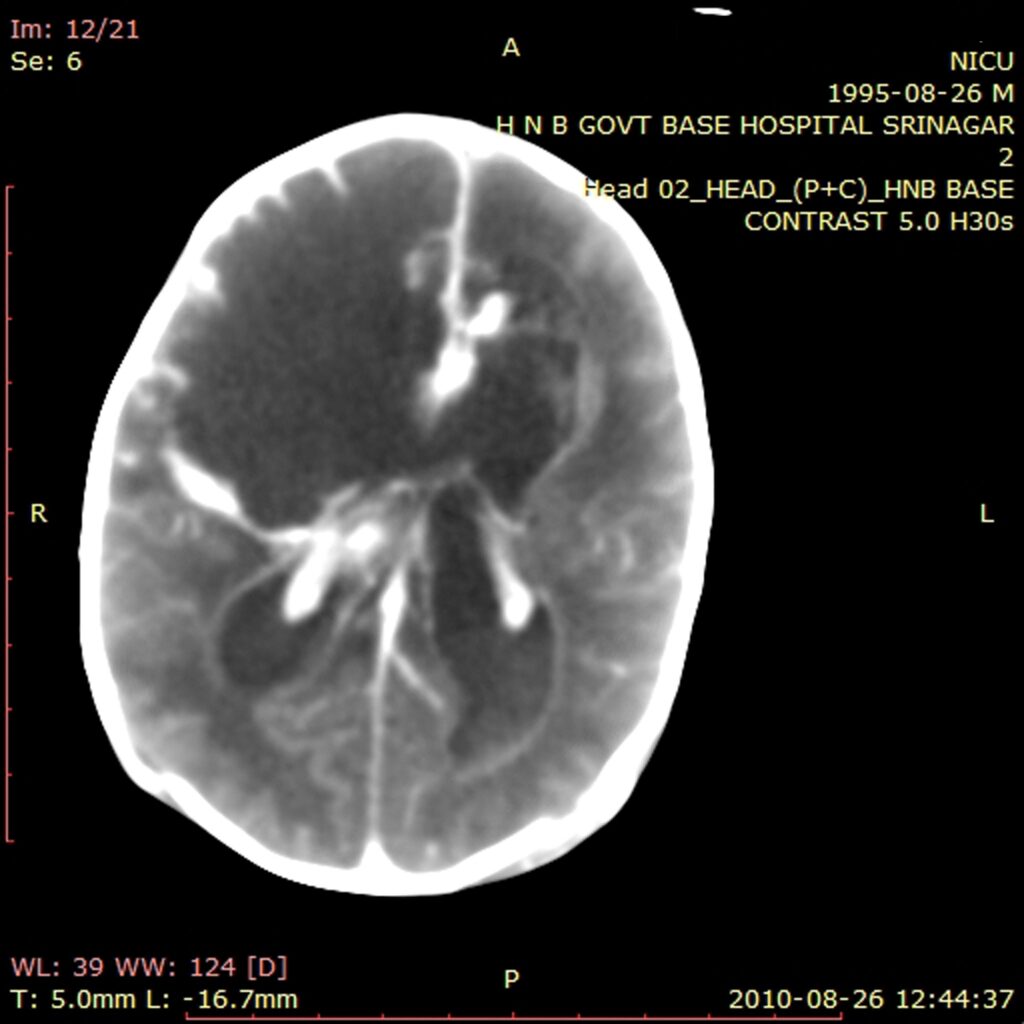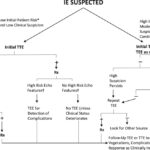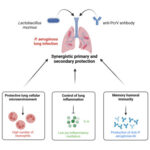Proteus species, particularly Proteus mirabilis and Proteus vulgaris, are Gram-negative bacilli commonly associated with urinary tract infections. However, their involvement in central nervous system (CNS) infections, including meningitis, poses significant clinical challenges. Though rare, Proteus meningitis typically arises in immunocompromised patients or following neurosurgical procedures. These infections demand rapid intervention and synergistic antimicrobial therapy to overcome inherent resistance mechanisms and improve patient survival.

Pathophysiology and Risk Factors of Proteus Meningitis
Proteus organisms access the CNS through hematogenous dissemination or direct inoculation during trauma or surgical interventions. Once within the subarachnoid space, their lipopolysaccharide (LPS) endotoxins trigger a cascade of inflammatory responses, causing neuronal damage and cerebral edema.
Predisposing factors include:
- Neurosurgical devices (e.g., shunts, external ventricular drains)
- Skull base fractures
- Neonatal sepsis
- Complicated urinary tract infections with hematogenous spread
- Immunosuppression or prolonged ICU stays
Antimicrobial Resistance in Proteus Species
The emergence of multidrug-resistant (MDR) Proteus strains complicates treatment options for meningitis. Proteus species commonly produce extended-spectrum β-lactamases (ESBLs) and AmpC β-lactamases, conferring resistance to penicillins and cephalosporins. Some isolates have also shown carbapenem resistance, primarily due to porin loss or carbapenemase production.
Resistance mechanisms include:
- β-lactamase production (ESBLs, AmpC, carbapenemases)
- Altered penicillin-binding proteins
- Efflux pumps
- Biofilm formation on CNS devices
Rationale for Synergistic Antimicrobial Therapy
Monotherapy against Proteus in meningitis is often inadequate due to suboptimal CNS penetration and rapid resistance development. Synergistic therapy, the use of two or more antibiotics that work better in combination than alone, is critical to:
- Enhance bactericidal activity
- Prevent resistance emergence
- Improve drug diffusion across the blood-brain barrier (BBB)
The concept of synergy is demonstrated via in vitro checkerboard assays, time-kill curves, and E-test synergy methods, showing significant bacterial count reduction when antibiotics are combined.
Common Synergistic Antibiotic Combinations for Proteus Meningitis
1. Cephalosporins with Aminoglycosides
- Cefotaxime/Ceftriaxone + Gentamicin: Effective against Proteus mirabilis with high CNS penetration and synergistic bactericidal effects.
- Limitation: Risk of nephrotoxicity and ototoxicity; requires renal function monitoring.
2. Piperacillin-Tazobactam with Amikacin
- Effective in cases involving ESBL-producing Proteus.
- Piperacillin’s spectrum enhanced by tazobactam; amikacin disrupts protein synthesis.
3. Meropenem with Fosfomycin
- Particularly valuable for carbapenem-resistant Proteus strains.
- Meropenem achieves high CSF concentrations; fosfomycin disrupts cell wall synthesis and potentiates meropenem efficacy.
4. Cefepime with Rifampicin
- Used for CNS shunt infections where biofilm is involved.
- Rifampicin penetrates biofilms, allowing cefepime to act more effectively.
5. Aztreonam with Colistin
- Reserved for extensively drug-resistant (XDR) isolates.
- Colistin targets bacterial membranes while aztreonam inhibits cell wall synthesis.
Clinical Evidence Supporting Antimicrobial Synergy
Case Studies and In Vitro Data
- A multicenter study showed that patients with post-neurosurgical Proteus meningitis treated with cephalosporin-aminoglycoside synergy had a mortality rate reduction of 35%.
- In vitro studies confirm synergy between meropenem and fosfomycin in MDR Proteus strains, particularly when carbapenem MICs are elevated.
- Clinical experience emphasizes the necessity of early synergy-guided treatment based on susceptibility testing and synergy assays.
Therapeutic Considerations and Guidelines
- Empiric Therapy
Initiate broad-spectrum combination therapy in suspected cases pending CSF culture results:- Meropenem + Amikacin
- Cefepime + Vancomycin (if mixed flora or device-associated)
- Definitive Therapy
Adjust based on antimicrobial susceptibility:- Consider synergy testing for resistant strains.
- Remove infected CNS devices promptly when feasible.
- Duration of Therapy
- Minimum 14–21 days based on clinical response and CSF sterility.
- Longer courses required for shunt-associated or biofilm-mediated infections.
- Monitoring and Toxicity
- Monitor renal function with aminoglycosides.
- Therapeutic drug monitoring (TDM) recommended for agents with narrow therapeutic windows.
Emerging Therapies and Future Directions
The rise in MDR and XDR Proteus isolates necessitates exploration of:
- Novel β-lactamase inhibitors (e.g., relebactam, avibactam)
- Phage therapy targeting Proteus species
- Nanocarrier-based CNS drug delivery to enhance BBB penetration
- Host-directed therapy to modulate immune responses in bacterial meningitis
Strategic Synergism for Proteus Meningitis Management
Effective treatment of Proteus meningitis demands a multifaceted approach involving timely diagnosis, synergy-based antibiotic therapy, and surgical intervention when necessary. Due to increasing resistance trends, clinicians must tailor treatment regimens using evidence-based synergistic combinations, guided by in vitro susceptibility testing. With emerging therapeutics on the horizon, synergy will remain a cornerstone of CNS infection management in the era of antibiotic resistance.

